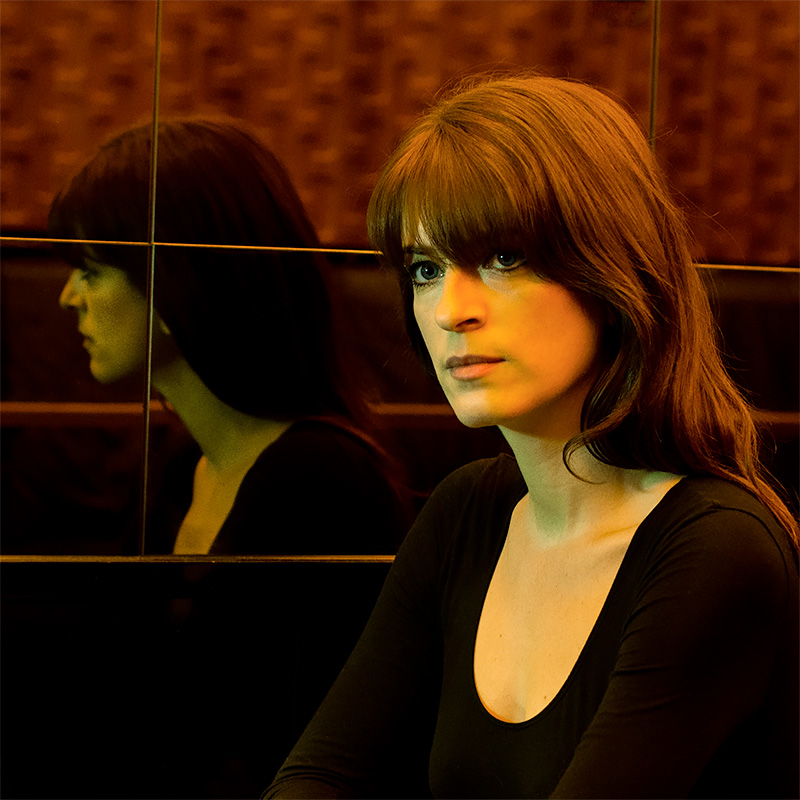Emilie Arfeuil is a visual artist and photographer, with a background in cinema at Sorbonne University. She questions the complexity of representation of identities and their perception, the transformation of the gaze from the invisible to the visible, and the relationship between nature and unnatural. Her artworks are mainly presented in the form of photographs and installations, multimedia and sound creations or objects.
She has won the Prix SAIF Les Femmes s'exposent 2022 and the 2nd Prize Gomma Grant 2021 with her project « Hylé ». Her work has been exhibited at the Promenades Photographiques, Boutographies, Map Toulouse, Quinzaine Nantaise, Fictions documentaires, Focus Festival in Bombay, as well as in galleries and institutions in France, Berlin, London, Phnom Penh and Brussels. His photographs have been published in Libération, Muze and Néon. The film "Scars of Cambodia" (co-written with Alexe Liebert) has received 8 awards and has been selected in about 20 international festivals.
She lives in the south of France.
